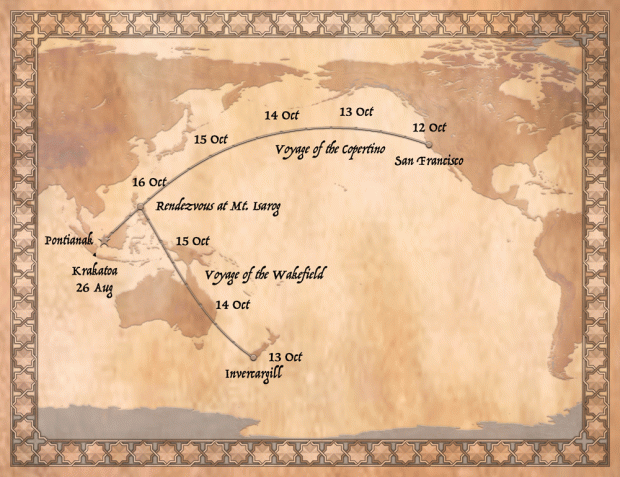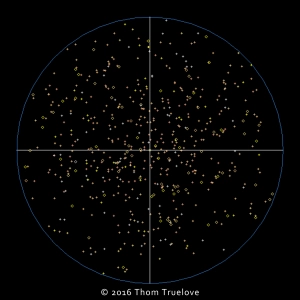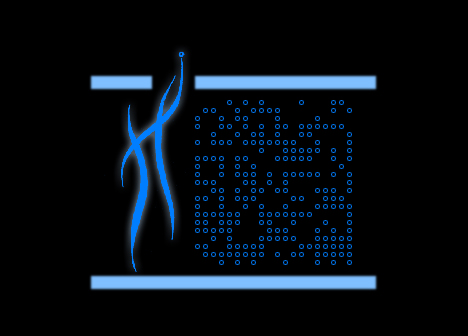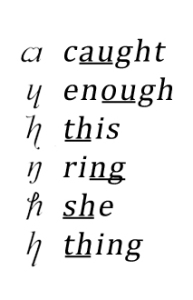In the summer of 1835, The Sun (of New York) published a series of articles that purported to describe scientific discoveries of a civilization of bat-winged humanoids on the Moon. Belief in what turned out to be a hoax was widespread. Richard Adams Locke, an editor for the newspaper, revealed himself as the author five years later. He also served as editor for Edgar Allan Poe, who claimed the story was essentially plagiarized from his own “The Unparalleled Adventure of One Hans Pfaall”.
A little more than a century later, two men sat discussing fiction of their own on a bench near The Edgar Allan Poe Cottage (2640 Grand Concourse, Bronx, NY). The deservedly famous and still sometimes unfortunately maligned author had made his home in that modest setting during the last years of his life. The two men inspired there were Bob Kane (born Robert Kahn) and Milton “Bill” Finger – the creators of Batman.
They may not have known about the man-bats on the Moon but they were undoubtedly aware of Poe’s creation – C. Auguste Dupin, who has been on my mind while developing Astral. Sir Arthur Conan Doyle is quoted as having given credit to Poe for inventing the detective genre. Doctor Watson compares Sherlock Holmes with Dupin in their very first adventure (“A Study in Scarlet”, 1887).
Of the pair, only Mr. Kane went on to fame within the comic book industry. His co-creator had been responsible for writing the first story (Detective Comics № 27, May 1939). Finger provided the origin for Batman six months later. The names “Bruce Wayne”, “Gotham City”, and the epithet “The Dark Knight” are now all attributed to Bill Finger. It wasn’t until 1989, fifteen years after the man he then called ‘friend’, did Bob Kane begin to admit how essential Finger had been. The reputation and influence of Mr. Finger is still being rebuilt.
Both Finger and Poe might have recognized in each other kindred spirits. The former died in poverty and relative obscurity. The author who inspired him was abused and disparaged by jealous peers. Batman’s computer system is, from time to time, nicknamed “Dupin” and Poe sometimes appears as a fellow investigator in the Batman universe (“The Mystery That Edgar Allan Poe Solved” – Gang Busters № 49, Dec 1955/Jan 1956. reprinted Detective Comics № 417, Nov 1971. Batman: Nevermore, 2003.)
Batman’s costume is the first I remember wearing for Halloween (at some point before 1970). I’ve been a fan of the mythos for more than four decades. So it struck me as odd to learn almost in passing at a convention I recently attended of this detail of the bench in front of Poe’s last home.

The image included here combines the minimalist Bat-emblem from Batman: Zero Year in DC Comic’s universe-relaunch The New 52 with a production photograph of Stefanie Rocknak’s magnificent bronze statue of Poe, which now stands on the corner of Boylston Street and Charles Street two blocks north of Poe’s first home.
As yet, there’s no statue to Bill Finger but Marc Tyler Nobleman has been attempting to have a memorial bench placed in his honor near the Poe Cottage.












